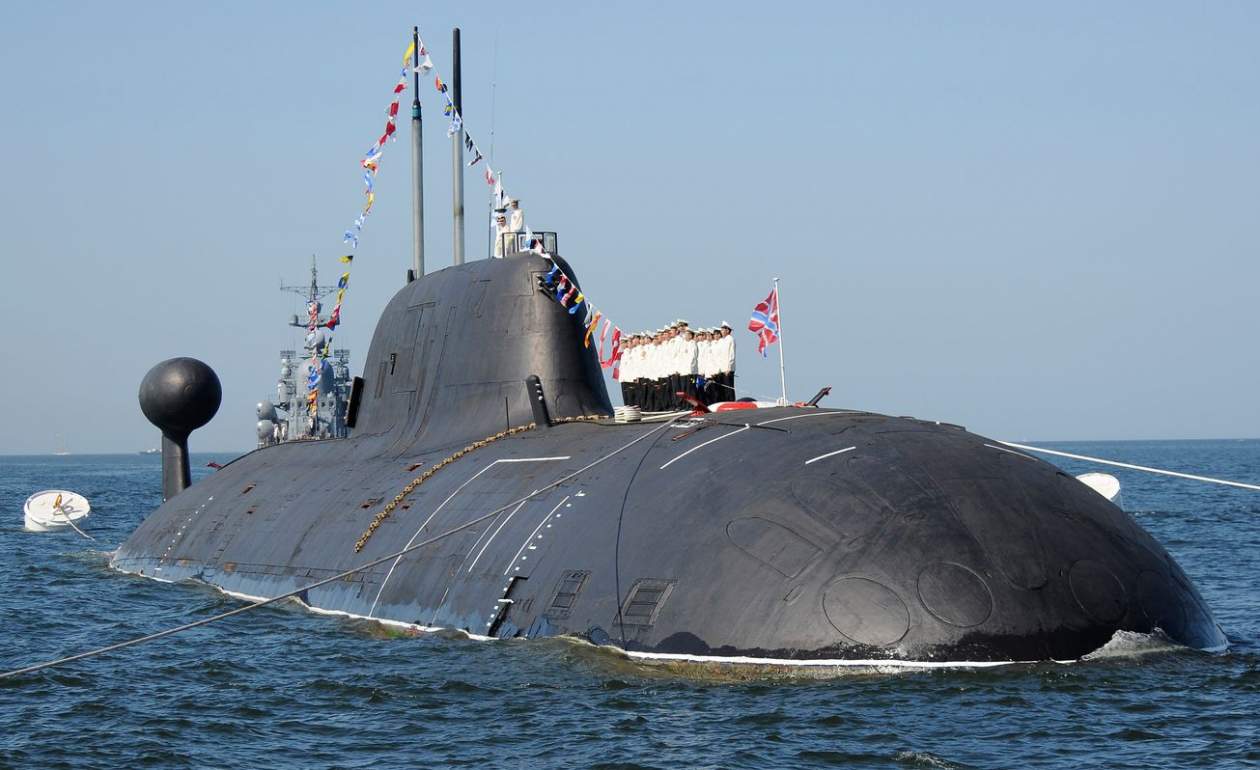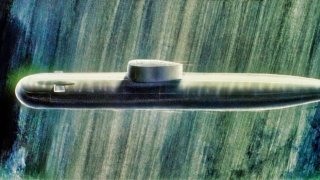Calling Tom Clancy: Russia Lost an Attack Submarine Armed with 2 'Nuclear-Tipped Torpedoes'
The Soviet Union’s Project-685 K-278 Komsomolets (Mike-class submarine) was an advanced nuclear-powered vessel capable of reaching remarkable depths due to its titanium hull. However, a series of malfunctions led to its tragic sinking in 1989, claiming 42 lives.
What You Need to Know: The Soviet Union’s Project-685 K-278 Komsomolets (Mike-class submarine) was an advanced nuclear-powered vessel capable of reaching remarkable depths due to its titanium hull. However, a series of malfunctions led to its tragic sinking in 1989, claiming 42 lives.

-Years later, scientists discovered radioactive leaks from the wreck, with radiation levels near the sub significantly higher than normal, raising environmental concerns. Russian and Norwegian scientists continue to monitor the site, worried about potential harm to marine life and the fishing industry from leaks of radioactive isotopes.
-The Komsomolets stands as a cautionary tale for nuclear-powered vessels.
Mike-Class Submarine Disaster: How the K-278 Sinking Continues to Pollute the Barents Sea
The Soviets had high hopes for a submarine that featured innovations in weapons and building materials that allowed it to run more silent and deeper than any other boat in the Russian arsenal. The Project-685 K-278 Komsomolets, known as the Mike-class by NATO, was a technological wonder.
However, the fourth-generation nuclear-powered Mike-class attack sub was ill-fated and headed for tragedy six years after it was commissioned in 1983.
Mike-Class: Highly Advanced Sub at the Time
The sub was a marvel. It had an inner hull made of titanium, which was an innovation at the time that created the ability to dive deeper and run faster and more quietly. It could withstand higher pressure due to the titanium and was able to reach depths of over 3,350 feet and speeds up to 30 knots. The sub was equipped with next-generation torpedoes that traveled at higher speeds than older models. Two of the torpedoes on board were equipped with nuclear weapons.

But the Vessel Was Cursed
In 1989, the worst happened. The boat was traveling submerged in the Barents Sea at 3,000 feet. High-pressure air hoses attached to the submarine’s ballast tank ruptured its seal. The resulting air-burst damaged an oil container.
This caused a fissure and oil leak. The oil hit a turbine and fouled up the performance of the submarines electronic and hydraulic controls. The ballast controls did not work correctly. Then a fire started in an aft compartment of the sub.
The sub began to surface, but compressed air leaks made the fire worse. The boat started sinking and the action damaged the hull. That’s when 69 sailors left the sub and were stranded in the frozen waters.
The captain and four other sailors elected to take an escape pod to the surface. But the pod was faulty too. The five doomed crewmen tried to leave the craft but only one made it out. Three others, including the captain, were killed.
Rescue ships and airplanes had been alerted to seek out the accident location, but they could not make it fast enough. Forty-two seamen perished from hypothermia. The sub then sank. The wreck is 100 nautical miles southwest of Bear Island in the Barents Sea.

The Possibility of Environmental Damage from Radioactive Material
The story does not end here. In 2019, a group of scientists from Russia and Norway examined sea water samples near the hull of the sub that was on the floor of the Barents Sea. The researchers found that this water was radioactive at a staggering 100,000 times the level of normal sea water.
The nuclear reactor and some of the nuclear-tipped torpedoes were apparently leaking. The Norwegians involved had used a newfangled unmanned submersible that went down to the seabed 5,500 feet deep and took the samples from near the Komsomolets.
Could Nuclear-spillage Spoil the Fishing Industry in the Area of the Wreck?
The Norwegian scientists were concerned that the radioactive water was going to harm fishing in that area of the ocean.
“It is important that the monitoring of the nuclear submarine continues, so that we have updated knowledge about the pollution situation in the area around the wreck,” Hilde Elise Heldal, a scientist from the Institute of Marine Research, explained in a news release at the time. “The monitoring helps to ensure consumer confidence in the Norwegian fishing industry.”
In 2021, a group of Russian scientists attempted to investigate the wreck of the Komsomolets. The team embarked on a research ship and traveled to the waters above the accident site. They took water samples and seabed sediments. The Russians were concerned that the plutonium from the two nuclear-tipped torpedoes were leaking and radioactive isotopes like cesium 137 and strontium 90 were still coming out of the nuclear reactor.
Scientists are still likely to be investigating the wreck to make sure radioactive materials are not damaging the marine environment. This tragedy is a cautionary tale about what nuclear-powered submarines can do to the seabed once they sink. The researchers may find that the harm to the ocean waters around the boat have been minimized over time, but it is still probably an environmental concern.
Hopefully, the Russians will take better care of their future submarines to keep tragedies like the Komsomolets from happening again.
About the Author: Dr. Brent M. Eastwood
Dr. Brent M. Eastwood is the author of Humans, Machines, and Data: Future Trends in Warfare. He is an Emerging Threats expert and former U.S. Army Infantry officer. You can follow him on Twitter @BMEastwood. He holds a Ph.D. in Political Science and Foreign Policy/ International Relations.
All images are Creative Commons.


